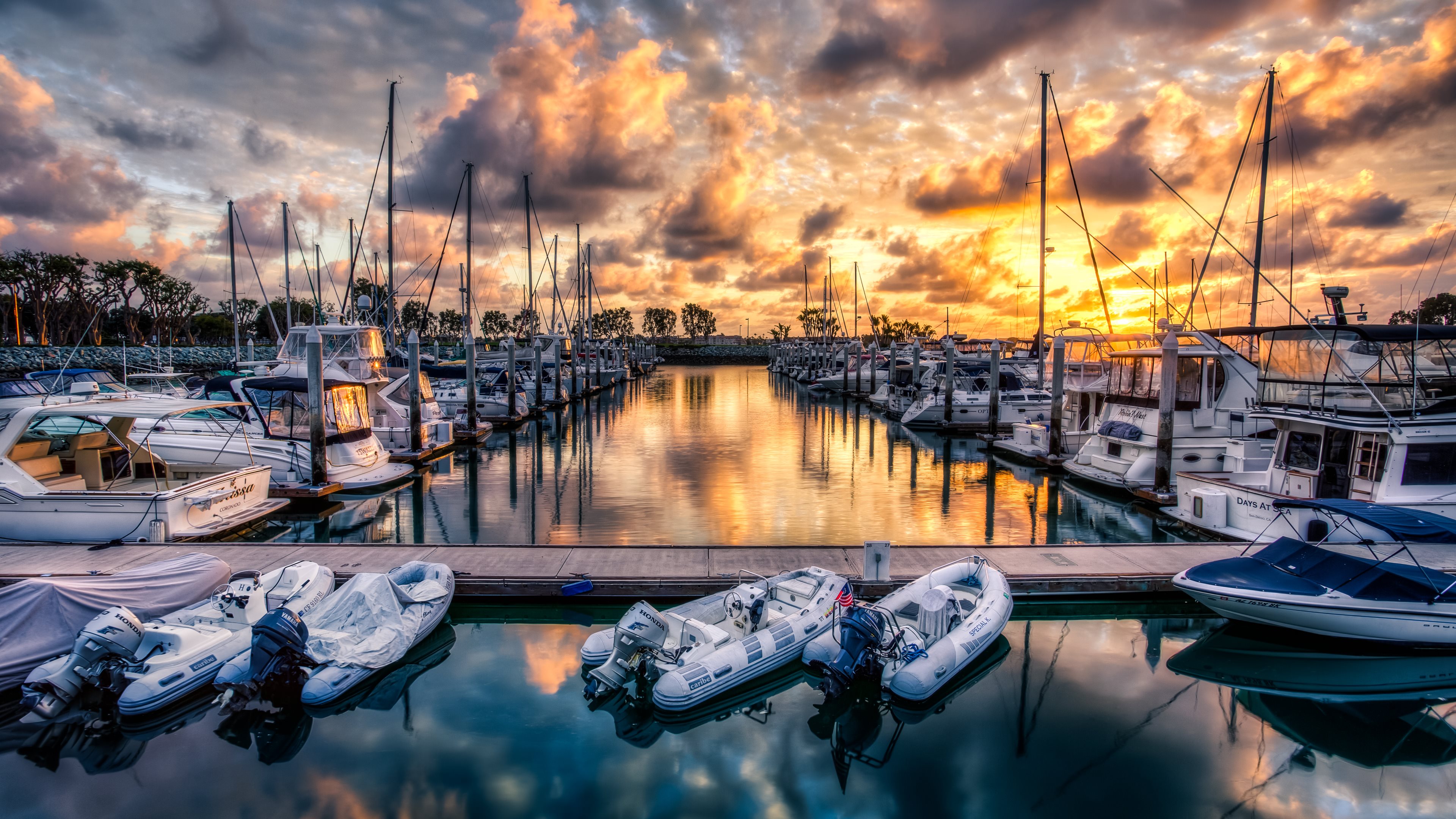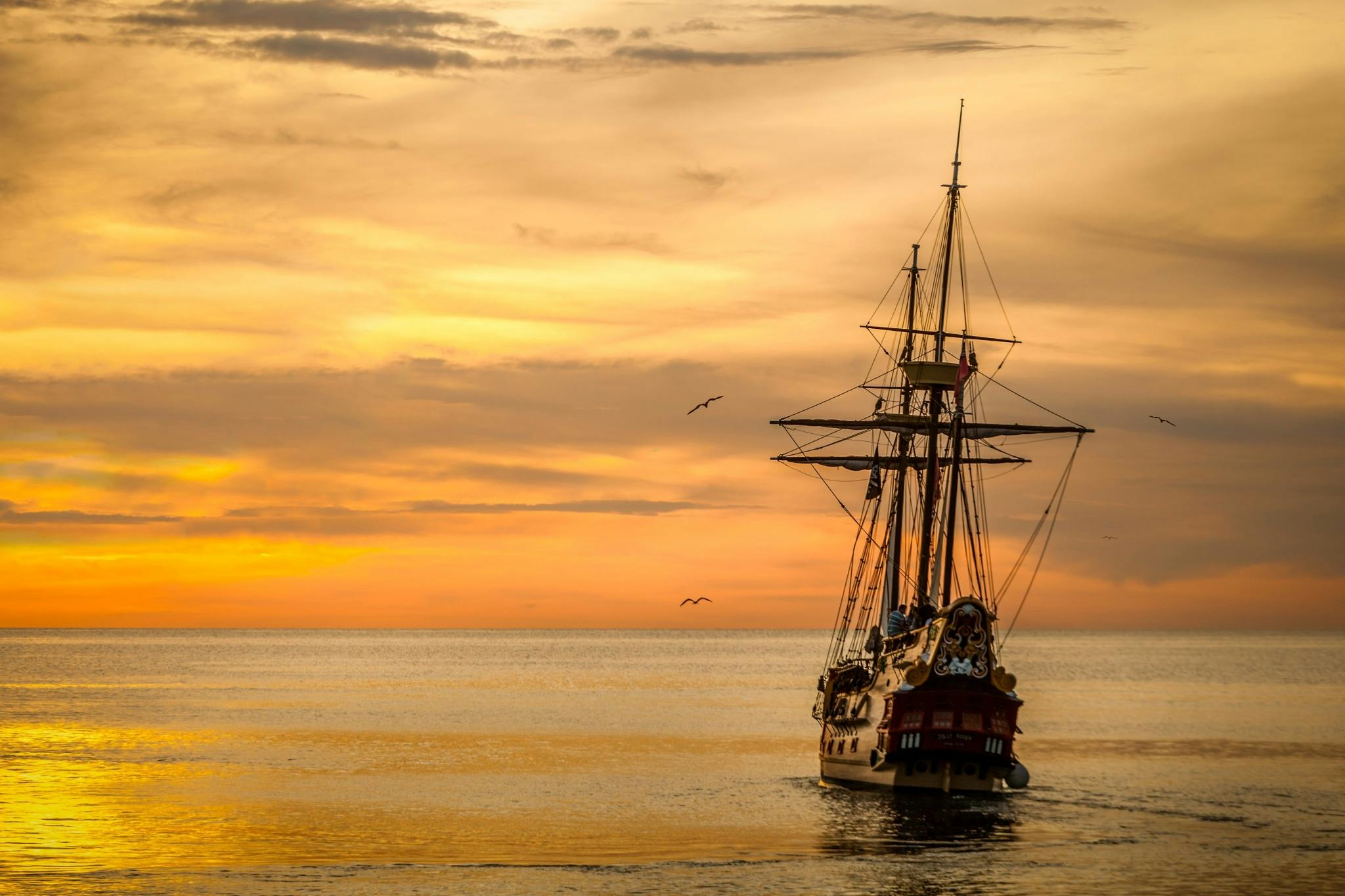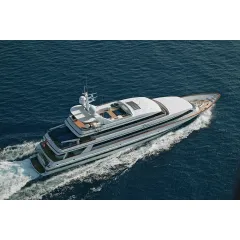Exploring Maritime Culture – A Timeless Legacy of Adventure and Elegance
 Exploring Maritime Culture – A Timeless Legacy of Adventure and Elegance
Exploring Maritime Culture – A Timeless Legacy of Adventure and EleganceMaritime culture is one of the oldest and most enduring aspects of human history. It encompasses not just the seafaring traditions of exploration, trade, and warfare, but also the aesthetic, social, and cultural elements that define life near and on the water. From the rugged coastlines of Europe to the tranquil seas of the Mediterranean, maritime culture connects us to our past, blending adventure with elegance, and symbolizing humanity’s eternal relationship with the ocean.
In this edition of The Classy Journal, we delve into the rich and multifaceted world of maritime culture. From historic sailing traditions and naval etiquette to the modern allure of yachting, let’s explore how the sea continues to influence our lifestyles, fashion, and global society.
The Origins of Maritime Culture

Maritime culture began as a necessity—communities living near the water relied on the sea for food, transportation, and trade. The earliest civilizations like the Phoenicians and Egyptians became masters of navigation, leading to expansive trade routes that connected continents.
As technology advanced, seafaring became central to exploration, discovery, and conquest. Maritime culture emerged from the customs and traditions developed by these early sailors, and over centuries, it evolved into a sophisticated way of life.
- Exploration and Trade: Coastal communities, such as the Vikings and Polynesians, expanded their reach across vast oceans, exploring new territories and setting up trade networks. These adventurers didn’t just travel for conquest but also exchanged goods, ideas, and cultures. Maritime exploration, particularly during the Age of Discovery in the 15th century, laid the foundation for our modern globalized world.
- Naval Power: Maritime culture also played a crucial role in warfare. From ancient Greece to the British Empire, naval power was often synonymous with military dominance. The development of naval fleets, from galleons to battleships, significantly influenced the course of history. The naval traditions that arose from these battles, such as saluting, uniforms, and even ship design, still impact maritime customs today.
Maritime Fashion: Style Inspired by the Sea

One of the most enduring influences of maritime culture is its contribution to fashion. Nautical style, originally worn by sailors for practicality, has transcended the ocean to become a global fashion statement.
- The Breton Stripe: Perhaps the most iconic element of maritime fashion is the Breton stripe shirt. First introduced as part of the official French naval uniform in 1858, the navy-and-white striped shirt was practical for sailors since the stripes made them easier to spot in the water if they fell overboard. Today, it’s a timeless wardrobe staple, associated with effortless French style and casual elegance.
- Peacoats and Sailor Jackets: The peacoat, with its heavy wool and double-breasted front, was designed for warmth and durability during long voyages. It has since become a staple of both men’s and women’s fashion, symbolizing rugged sophistication.
- Boat Shoes: Originally created to offer sailors grip on slippery decks, boat shoes have since become a casual footwear staple. Known for their comfort and versatility, they perfectly blend function with style.
Maritime Etiquette and Traditions

The sea may be wild and unpredictable, but maritime culture is governed by a strict code of etiquette and traditions. Whether you’re on a luxury yacht or a small sailing vessel, knowing the customs of maritime life shows respect for centuries-old traditions.
- Saluting the Flag: One of the most important naval traditions is to salute the national flag when entering or leaving a port. On private yachts, this often takes the form of a formal salute to the harbor master or other ships, reflecting a deep respect for maritime law and tradition.
- Yachting Etiquette: Yachting, while a modern-day symbol of luxury, also comes with its own set of protocols. The captain’s authority is absolute, and passengers are expected to respect the chain of command. Politeness and grace are key elements of yachting culture, whether it’s in how you board the vessel, address the crew, or interact with other guests.
- Sailor Superstitions: Maritime culture is filled with fascinating superstitions. For example, sailors traditionally avoided setting sail on a Friday, believing it to be unlucky. Whistling on board was also said to "whistle up a storm," while sighting certain birds, like an albatross, was considered good luck.
The Allure of Modern Yachting

While the origins of maritime culture are steeped in tradition and history, modern yachting has taken these values of adventure and elegance and elevated them to new heights. Today, yachting is the ultimate expression of luxury, freedom, and connection with the sea.
- Luxury and Comfort: Modern yachts are marvels of engineering, combining speed and power with luxury. From sleek sailing yachts to motorized superyachts, today’s vessels come equipped with state-of-the-art technology and amenities such as gourmet kitchens, infinity pools, and even helipads.
- Sustainability at Sea: As the world becomes more eco-conscious, the yachting industry is embracing sustainability. Solar-powered yachts, electric engines, and eco-friendly materials are becoming more common, ensuring that the experience of being at sea can coexist with environmental responsibility.
- Freedom and Exploration: One of the most alluring aspects of yachting is the freedom it offers. The open sea represents an escape from the routines of everyday life, allowing you to explore hidden coves, deserted islands, and far-flung destinations. For many, yachting offers a return to the adventurous spirit of early maritime explorers.
Maritime Culture in Today’s World

Even in today’s fast-paced, technology-driven society, maritime culture continues to hold a special place. It represents a balance between the old and new, the adventurous and the serene. Whether it’s through yachting, fashion, or simply enjoying a quiet moment by the water, the sea’s influence remains as strong as ever.
- Global Festivals and Celebrations: Maritime festivals are celebrated around the world, from historic regattas to contemporary yacht races. Events like the Monaco Yacht Show, America’s Cup, and Cowes Week highlight the elegance, competition, and tradition of yachting and maritime culture.
- Coastal Cities and Nautical Tourism: Coastal cities like Venice, Barcelona, and Sydney thrive on their connection to the sea. Nautical tourism has become a major industry, offering everything from sailing lessons to luxurious yacht charters. These cities often feature vibrant maritime museums and historic ports, offering glimpses into the world of seafaring.
- Maritime Art and Literature: The sea has always inspired art, literature, and music. From the epic journeys described in Moby Dick and The Odyssey to the serene paintings of Claude Monet’s seascapes, the ocean continues to captivate artists and writers alike. Maritime culture, both past and present, serves as a rich source of creative inspiration.
Conclusion: Embracing the Maritime Lifestyle

At Classy Frank®, we believe in the enduring elegance and spirit of maritime culture. It’s more than just a lifestyle—it’s a way of seeing the world, appreciating the beauty of nature, and embracing the sense of adventure that the sea inspires.
Whether through our nautical-inspired fashion, our love for timeless yachting traditions, or our passion for the sea’s untamed beauty, maritime culture is at the heart of what we do. So, whether you’re setting sail for the first time or are a seasoned mariner, there’s always something new to discover on the horizon.
#ClassyFrank #MaritimeCulture #YachtingLife #NauticalTradition #SeaAdventure #TimelessElegance #SailingSpirit #MaritimeHistory #OceanInspired #TheClassyJournal #LuxuryAtSea #MaritimeFashion
.png)





Reacties
Note: HTML is not translated!